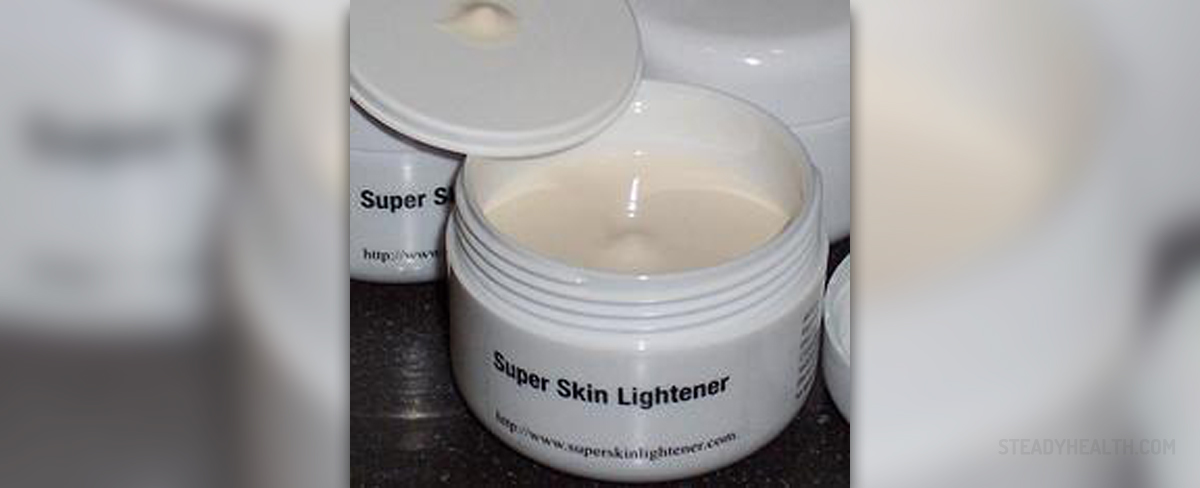
Epidermolysis bullosa is a group of inherited skin and mucosa disorders characterized by skin blistering as a response to mechanical trauma, such as friction, abrasion or pulling. It usually starts in childhood, sometimes in newborns, sometimes in children reaching adolescence. This disease is not curable but it can be managed through constant care.
Not all forms of epidermolysis bullosa are equally severe. In some people, this disease goes into long-term remission, while in others the blisters are almost constantly present.
Depending on the severity of blistering, epidermolysis bullosa can be treated in inpatient or outpatient procedures. Sometimes it can successfully be managed at home, through lifestyle changes and prevention.
Inpatient treatment for epidermolysis bullosa
When a patient is hospitalized for severe blistering due to epidermolysis bullosa, the blisters need to be treated aggressively to prevent further skin damage and other complications. Wound and nutritional management are the basic steps in the treatment in such cases.
Some medical facilities offer whirlpool therapy for patients with epidermolysis bullosa as a helpful adjunct that promotes healing and prevents complications.
Outpatient care for epidermolysis bullosa
Adequate wound care and nutrition are essential in further outpatient care for blisters caused by epidermolysis bullosa. When it comes to wound care, parents, family members or partners can learn from the professionals how to take care of the wounds, dress them, redress them and apply ointments and other remedies that speed up healing and prevent infections. They also need to learn how to identify first signs of infection and respond to them.
Some people prefer hiring a nurse or a professional caregiver who spends time with the patient and takes care of the blisters.
As for the prevention, using soft pillows, cushions and mattresses is necessary. Some people use limb padding to prevent trauma. Soft food diet is also beneficial in preventing damage to the mouth, throat and esophagus.
Medications
Whether they are on inpatient or outpatient care, people with epidermolysis bullosa need wound-care supplies, which include sterile gauze and dressings, non-adherent gauze, self—adhering gauze, petroleum jelly and antibiotic ointments. When leaving the medical facility after hospitalization, patients usually receive prescriptions for these essential supplies, but given the nature of the disease, they run out of it very soon.
Unfortunately, wound-care supplies and medications are not often covered in health insurance plans. Physicians, social workers and epidermolysis bullosa advocates are often working together to change the regulations in this regard.


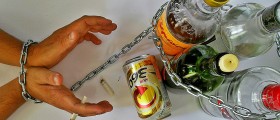

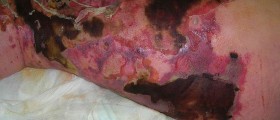



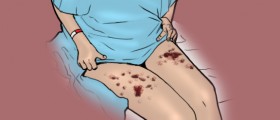

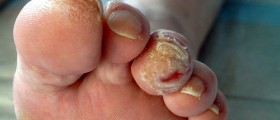






Your thoughts on this
Loading...